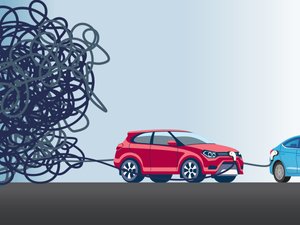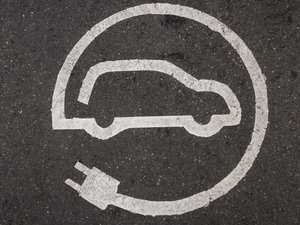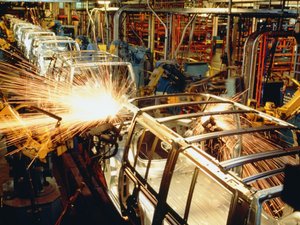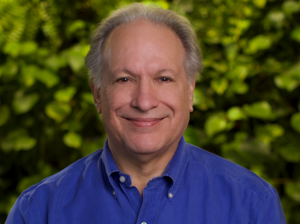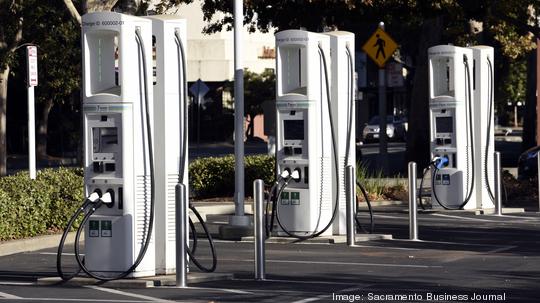
In the first quarter this year, California exceeded 1.5 million cumulative zero-emission vehicles sold, representing 40% of all sales in the nation, according to the California Energy Commission.
And the ramp-up to a zero-emission transportation sector is only just starting.
In 2012, then-Gov. Jerry Brown set a goal of California reaching 1.5 million ZEVs sold by 2025, and the state hit that goal two years early.
"People said it couldn't be done," said Lauren Sanchez, senior climate adviser to Gov. Gavin Newsom, during a news briefing with state government officers. "We don't only set goals, we meet them."
One in five new vehicles sold now in the state is electric, she said. Clean energy produces six times more jobs than petroleum jobs in California.
"A lot of people considered that the goal was a moonshot, an aspirational goal that we could work toward," said Dee Dee Myers, senior adviser to the governor and director of the Governor's Office of Business and Economic Development, or GO-Biz.
She added that electric cars, components and technology are now among the state's top imports.
Clean transportation is a growing business in the state by developing new technology, mineral resources and manufacturing jobs. Those industries are already a foundation the state is building for the future, including electric cars, electric trucks, electric buses and hydrogen-fueled transportation.
The top selling ZEVs, the Tesla Model Y and the Tesla Model 3, are manufactured in California, she said.
California is moving to ZEVs to combat climate change globally and because transportation is the largest contributor of air pollution in the state.
"The transition to ZEVs is here, and it is happening now," said Patricia Monahan, a commissioner on the California Energy Commission.
The state is embarking on an aggressive schedule to make more public chargers for electric vehicles accessible, she said. In December, the California Energy Commission approved spending $2.9 billion on infrastructure for EVs through 2025.
After beginning its push to install charging stations two years ago, California now has 87,707 of them. It will have to pick up the pace to meet its current goal of more than tripling its number of charging stations to 250,000 by 2025.
That pace of adding chargers will likely continue into the future because the state plans to install a total of 1.2 million public chargers by 2030.
The state's effort to build infrastructure for the future of transportation represents a development that will "require historic rates for a sustained period of time to speed the deployment of clean energy resources," Monahan said.
The plan is for the state to make chargers accessible and affordable anywhere in the state, including rural, urban and underserved areas.
The state will fund charging in lower income and rural areas, and the private sector will be encouraged to develop public charging stations where they can make money.
In all of 2022, ZEVs accounted for 18.8% of new car sales in California. In the first quarter this year, they accounted for 21.1%. Zero-emission vehicles are electric, hydrogen or plug-in hybrids. Regular hybrid gas/electric cars don't count as ZEVs, and the rules for plug-in hybrids are going to get tougher in the future.
Lawmakers are also working on reliability reporting regulations for public charging stations with an up-time requirement to make sure that public and private shared charging stations are operating, said Lindsay Buckley, spokesperson with the energy commission. She said there have been too many reports of charging stations not working or their payment systems being down.
The state has mandated that all new vehicles sold in California starting in 2035 be ZEVs, and the state estimates that 60% of new vehicles sold in 2030 will be ZEVs, said Liane Randolph, chair of the California Air Resources Board.
The effort to meet the new goals will be an all-government effort, including multiple agencies, commissions and boards, Myers said, adding that the auto industry is stepping up with the development and deployment of more ZEVs, and that they will be targeting all price points, not the luxury segment that now accounts for many ZEVs available for sale.
Even car rental agencies are offering electric vehicles in their fleets so that people can try them before they buy them, Myers said.
